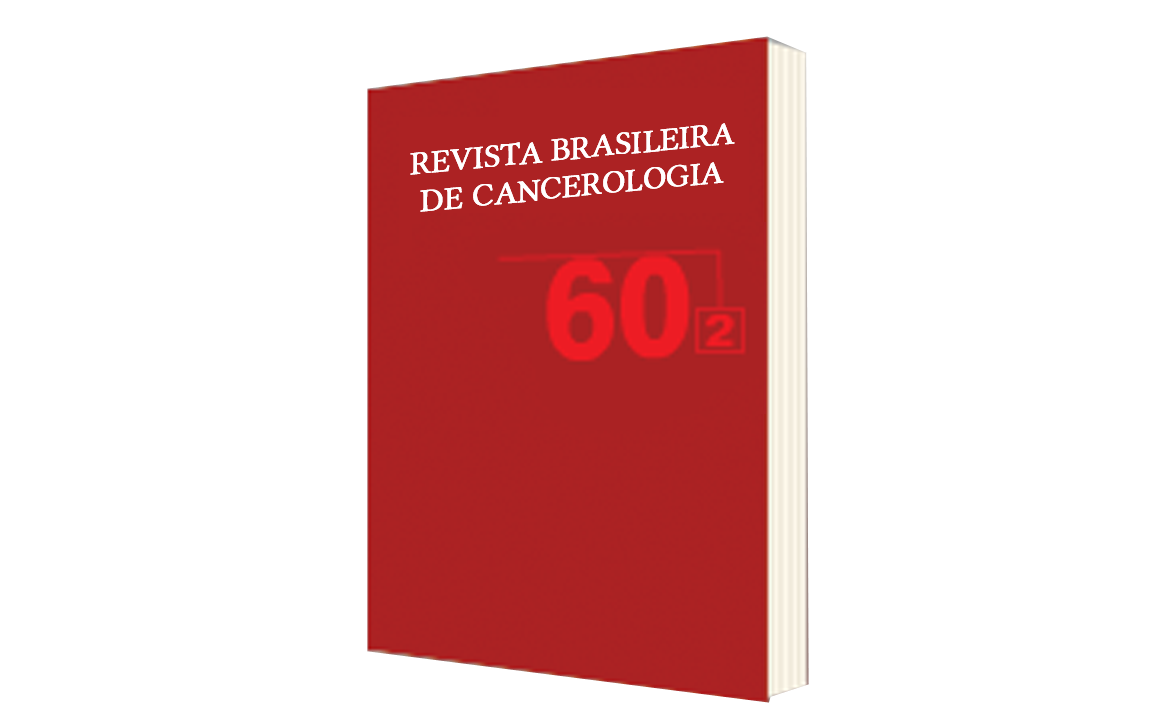Interactions between Oxidative Stress, Tumor Staging and Therapy used in Patients with Colorectal Cancer
DOI:
https://doi.org/10.32635/2176-9745.RBC.2014v60n2.477Keywords:
Colorectal Neoplasms, Oxidative Stress, Neoplasm Staging, Tumor Markers, Biological, Malondialdehyde, Cross-Sectional StudiesAbstract
Introduction: The malondialdehyde (MDA) is an important biomarker for the detection of oxidative stress in biological samples. Objective: The aim of the study was to analyze the association between serum levels of oxidative stress markers, tumor staging and therapy in colorectal cancer, and to compare them with healthy individuals. Method: The sample consisted of 40 colorectal cancer patients under chemotherapy and/or radiotherapy, and 80 healthy individuals were recruited in a clinic specializing in oncology, in the period from January to June 2013. Oxidative stress was assessed by lipid peroxidation which was based on thiobarbituric acid reactive species (TBARS). The results were calculated according to a standard curve made with malondialdehyde. The tumor staging of colorectal cancer was obtained from patient’ medical records. Statistical analyzes were performed using Fisher Exact Test and Mann-Whitney test, with p value <0,05 defined as statistically significant. Results: Serum MDA concentration (mM/L) was 4,1 ± 2,9 in the group with cancer and 1,1 ± 0,4 in the group without cancer (p= 0,001). In relation to tumor staging, average MDA was 2,3 ± 1,5 among the group with early stage (II) and 5,4 ± 3,0 between the group with advanced stage (III) (p<0,001). There was no association between serum concentrations of MDA and therapy realized (p>0,05). Conclusion: Serum concentrations of malondialdehyde were higher in the cancer group than in the group without cancer. In addition, high levels of malondialdehyde were associated with the degree of tumor staging.









